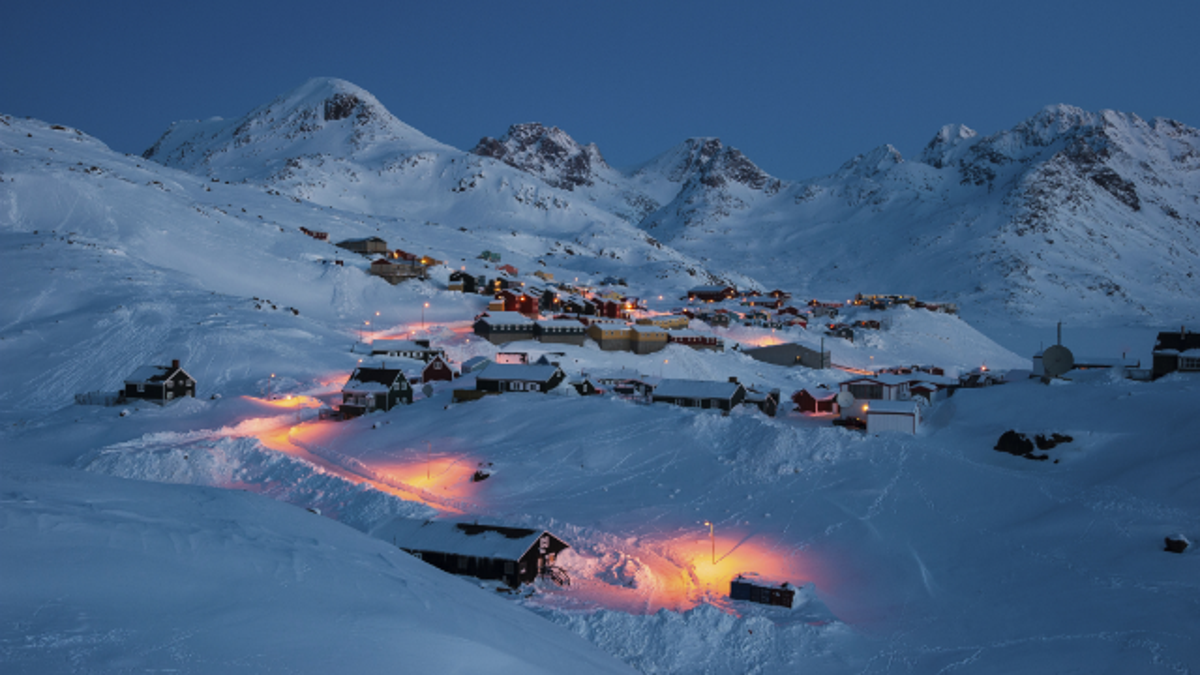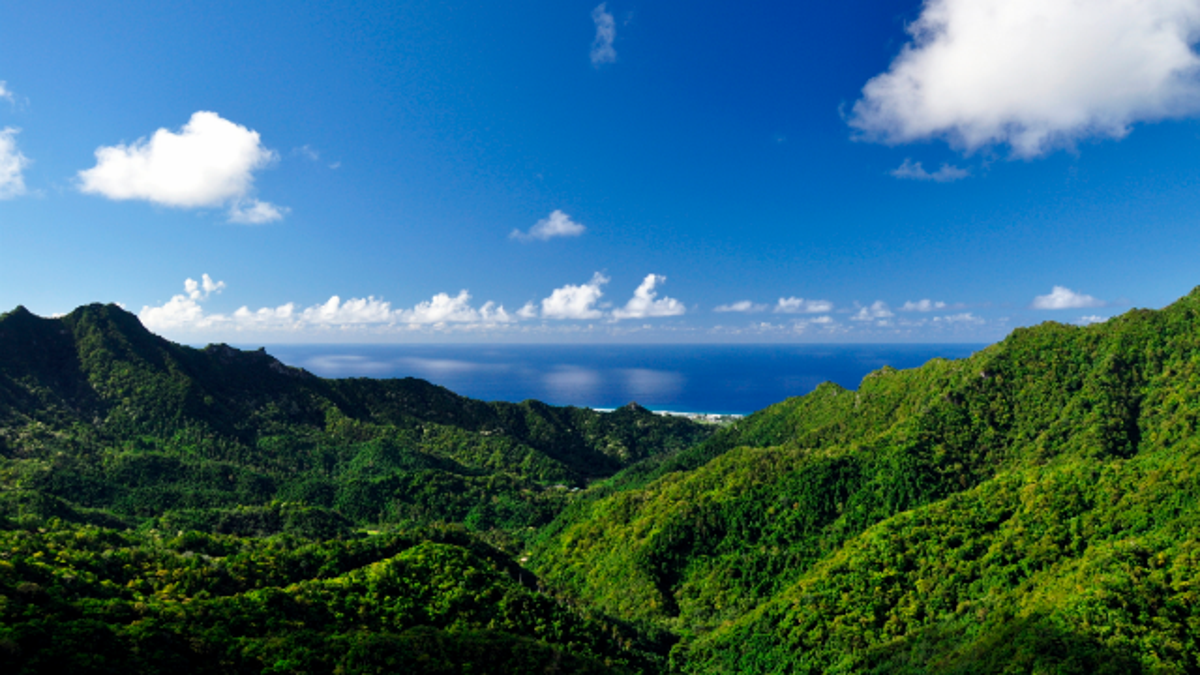It’s a small world and it seems to be shrinking all the time.
We’re now well into 2014 and there isn’t much left on earth that hasn’t been poked, prodded and probed by the human race. Aside from the deepest depths of the ocean, there aren’t many places left that are total and complete mysteries.
Combine this knowledge of the planet with the reach of the internet and there aren’t many limits on what the average person can explore while parked on their living room couch. Should they wish to explore in person, air travel is now an affordable option for much of the population and travel information is widely available.
With scores of tourists now traversing sites that were once nearly desolate, what is the adventurous explorer left to do? One somewhat obvious answer: go where others either can’t or won’t go. We’ve rounded up eight of the most beautiful remote destinations on earth, guaranteed to be spectacularly beautiful, well preserved and still somewhat mysterious. If you’ve got the time, funds and an explorer’s drive, check out these remote destinations.
1. Lord Howe Island—Australia

(iStock)
Australia—home to breathtaking natural beauty, amazing accents and spiders bigger than your face. Its charm is undeniable, but just getting to the mainland of Australia from the U.S. takes about 24 hours. Those looking to check out Lord Howe Island, or “the last paradise,” will need to take another two hour flight to the island. But be warned: it’s not easy to set foot on the island—they only let 400 travelers on at any given time to preserve the environment and atmosphere.
2. Salar de Uyuni—Bolivia

(iStock)
Formed by changes in prehistoric lakes, these Bolivian salt flats are the largest and most famous in the world. The far-flung site is far from major cities but still attracts many tourists, so there are several hotels on the edge of the flat, made almost entirely of salt.
3. Easter Island—Chile

(iStock)
This World Heritage Site draws travelers more than 2,000 miles from the coast of Chile to experience a sense of isolation unlike anything they could find on the mainland. The now-barren island that was once populated by the Rapa Nui civilization (and many trees) is only home to around 6,000 permanent residents. The 887 giant statues that were created by the Rapa Nui people are some of the strongest remaining evidence of their thriving civilization.
4. Arctic Circle—Greenland

(iStock)
Whether you’re interested in snowmobiling, heliskiing or dog sledding, the Arctic Circle is one of the most remote and adventurous venues you could hope to find. Add to those adventures the remarkable whale watching opportunities and the famous Northern Lights and the Arctic Circle becomes an incredibly beautiful place too. Getting there isn’t so easy, though, there are no direct flights from the U.S., travelers must first fly to either Denmark, Iceland or Nunavut and catch another flight from there.
5. Cook Islands—New Zealand
That desktop picture of the pristine white sand beach met by clear azure waters had to come from somewhere and now we know it was the Cook Islands. The series of 15 tiny islands is essentially out in the middle of the South Pacific Ocean—so far, in fact, that it formed its own country, but is still protected by and tied to New Zealand. Travelers from the U.S. hoping to set foot on this real life slice of paradise will need to endure several layovers and an average travel time of 30 hours, one way. The excruciatingly long travel time is apparently worth it though, the islands see more than 100,000 travelers each year and tourism is their main industry.

(iStock)
These remote destinations are absolutely worth the trek.
More from TheActive Times
The Most Amazing Scuba Dives on the Planet
10 Extravagant Islands You Can Actually Buy
